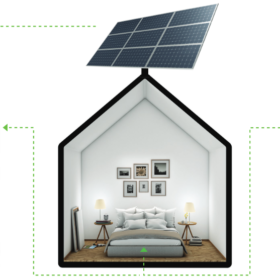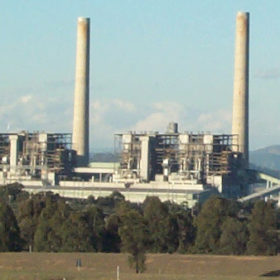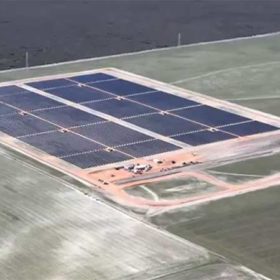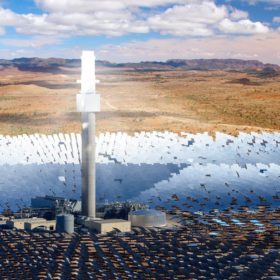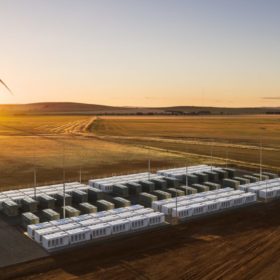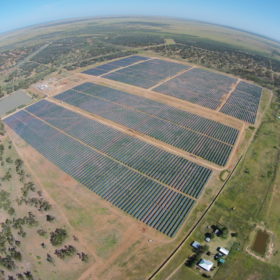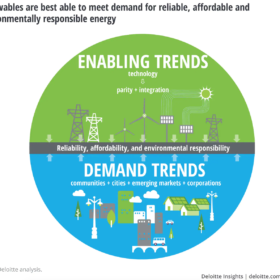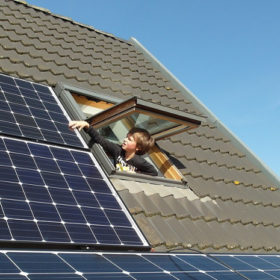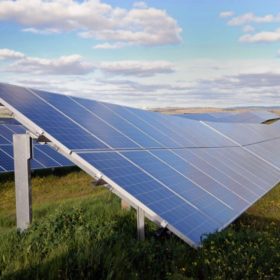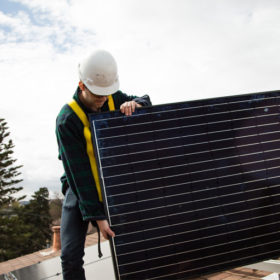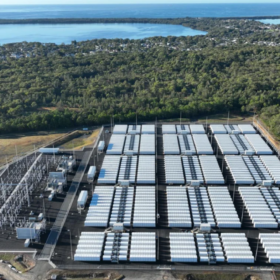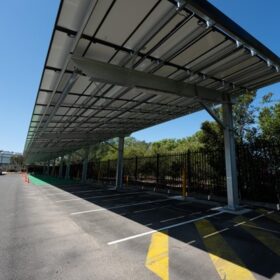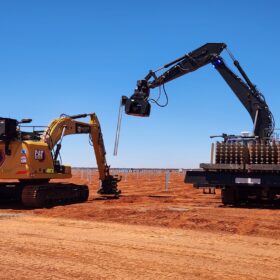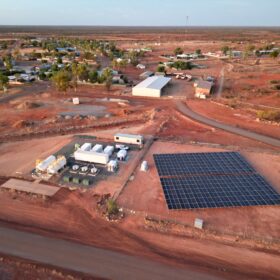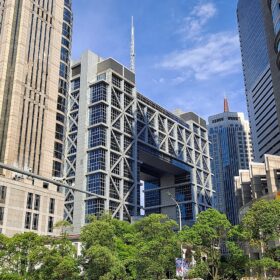WA’s community owned VPP in the making
The Dunsborough Community Energy Project is announced as Australia’s first privately funded virtual power plant.
AGL fined $3 million over energy efficiency failure
With its license to sell electricity in Victoria still at risk after failing to provide performance data to the state energy regulator, AGL Energy has been hit with a record penalty for breaching its obligations under Victoria’s energy efficiency scheme.
Synergy posts profit despite revenue loss from solar PV uptake
Despite economic hardship caused by record numbers of solar PV installs that have led to a fall in residential demand, Western Australian state-owned retailer Synergy has posted an after-tax profit of $24.3 million for 2017-18.
Manufacturing MoU inked for 150 MW CSP Aurora project in SA
U.S. firm SolarReserve is moving on its massive solar thermal plant project in South Australia having signed a memorandum of understanding with local outfit Heliostat SA.
Neoen prepares for €450 million IPO
Through the listing on the French stock market, the independent power producer hopes to raise enough capital to increase its renewable energy assets from 2 GW to 5 GW. Impala intends to subscribe to the offering and remain majority shareholder.
Renewable generation continues record-breaking streak, putting pressure on power prices – report
Renewable energy set a new record level in August with 25.6% of electricity supplied across the NEM, according to a new report by a progressive think-tank, The Australia Institute. This volume of new generation is likely to significantly increase competition in the wholesale market, thereby putting downward pressure on prices, the report finds.
Deloitte: The case for renewables has never been stronger
Renewable energy sources, notably solar and wind, are reaching price and performance parity on and off the grid, shows a new Deloitte Global report, highlighting seven trends that are driving this transformation.
Victorians invited to apply for rooftop solar rebates
Applications have officially opened for 50% rebates on rooftop solar installations under the Victorian government’s Solar Homes program, announced just weeks ago. The subsidies will be available until 30 June next year.
Victorian auction winners outline construction plans
The developers that emerged as winners in the Victorian government’s first renewable energy auction have confirmed receiving support agreements from the state to ensure revenue certainty for the projects. The companies have also outlined their construction plans, some of which even include batteries.
AGL closes residential solar installation business
AGL has announced it will no longer install solar panels on homes, a decision which has brought with it a $47 million loss.
